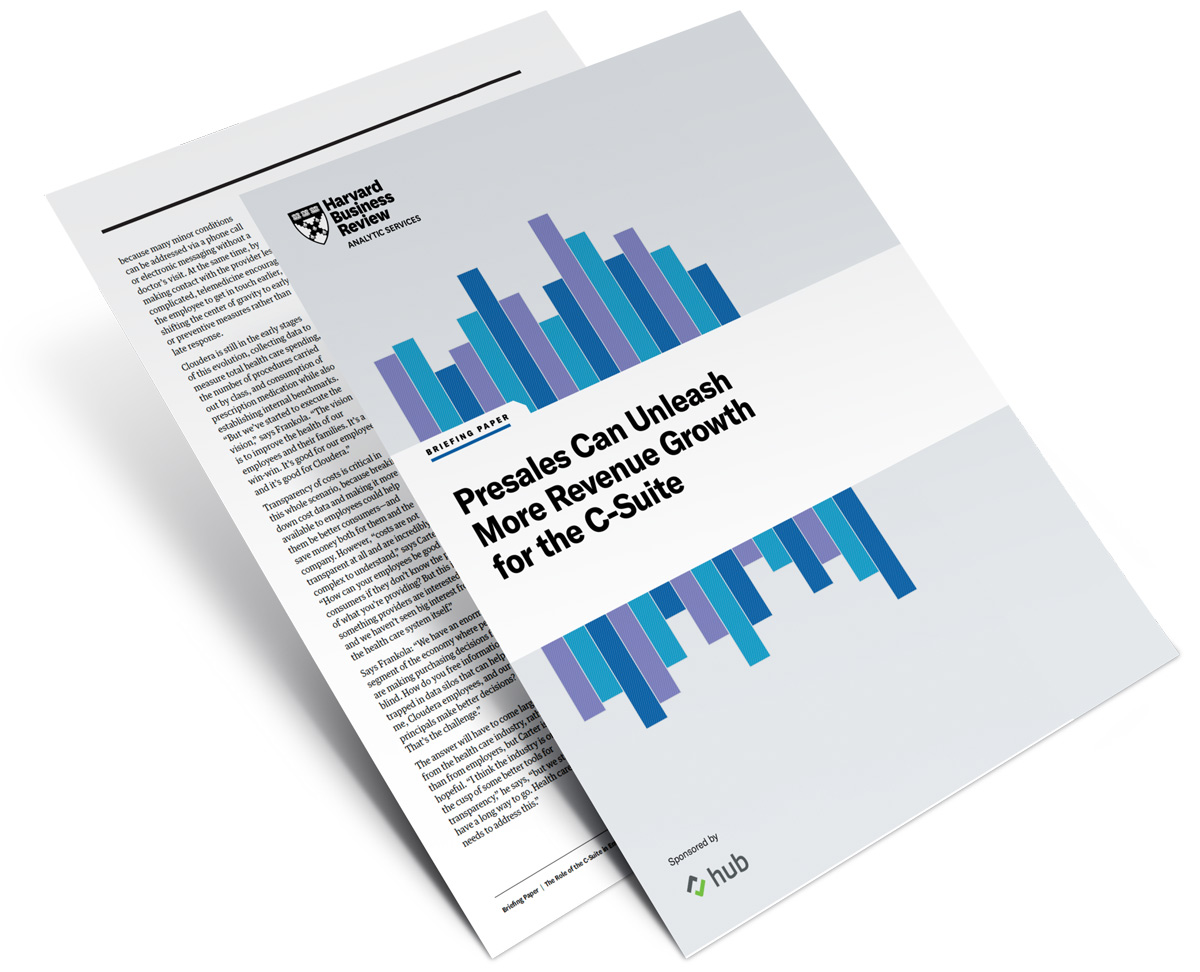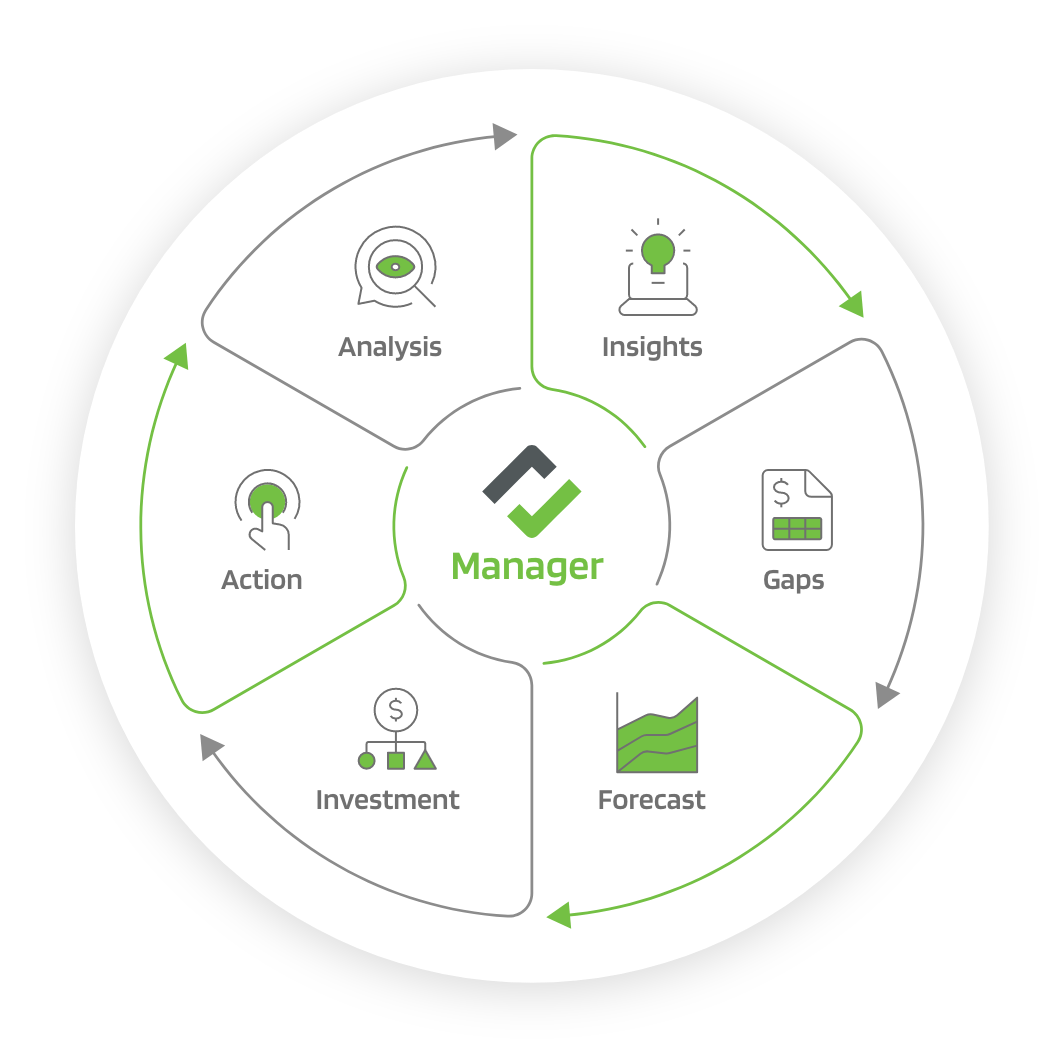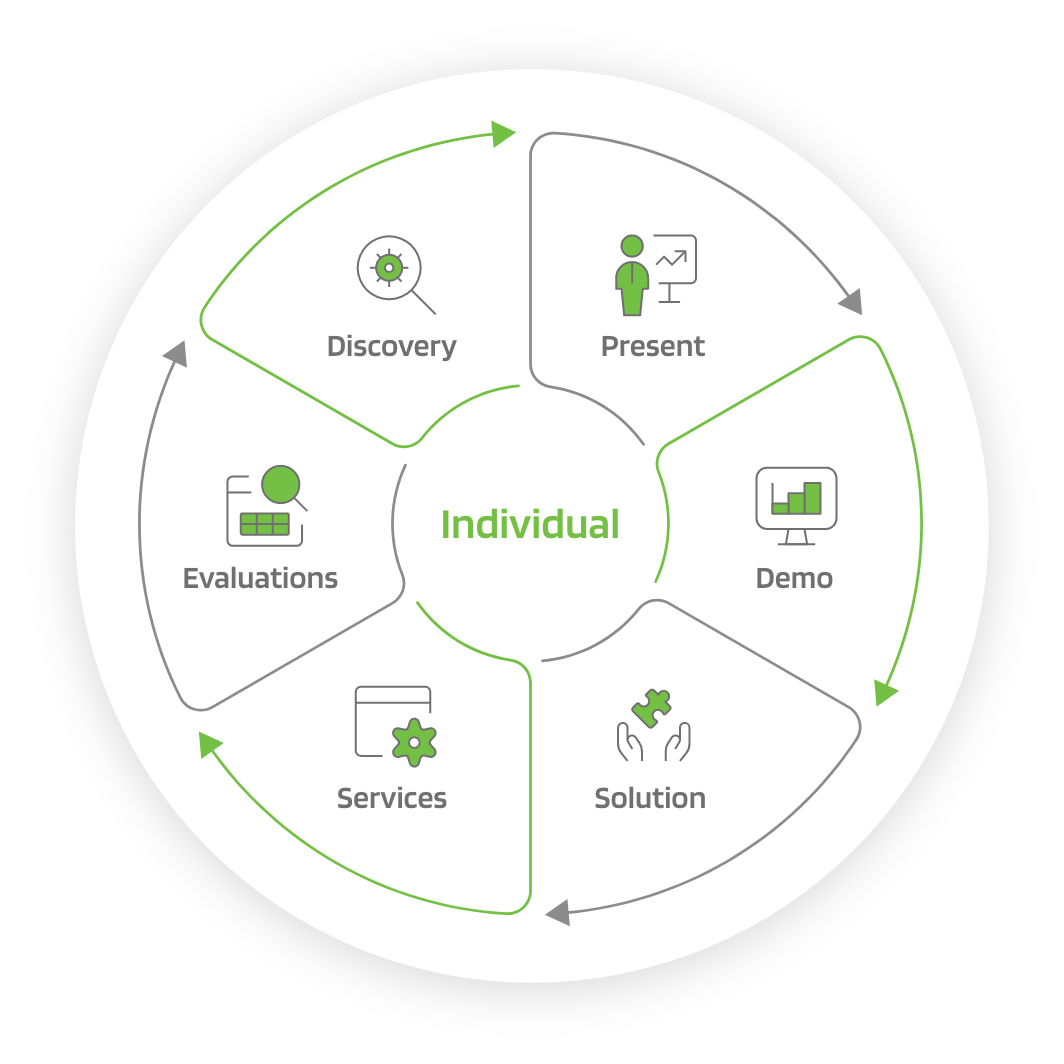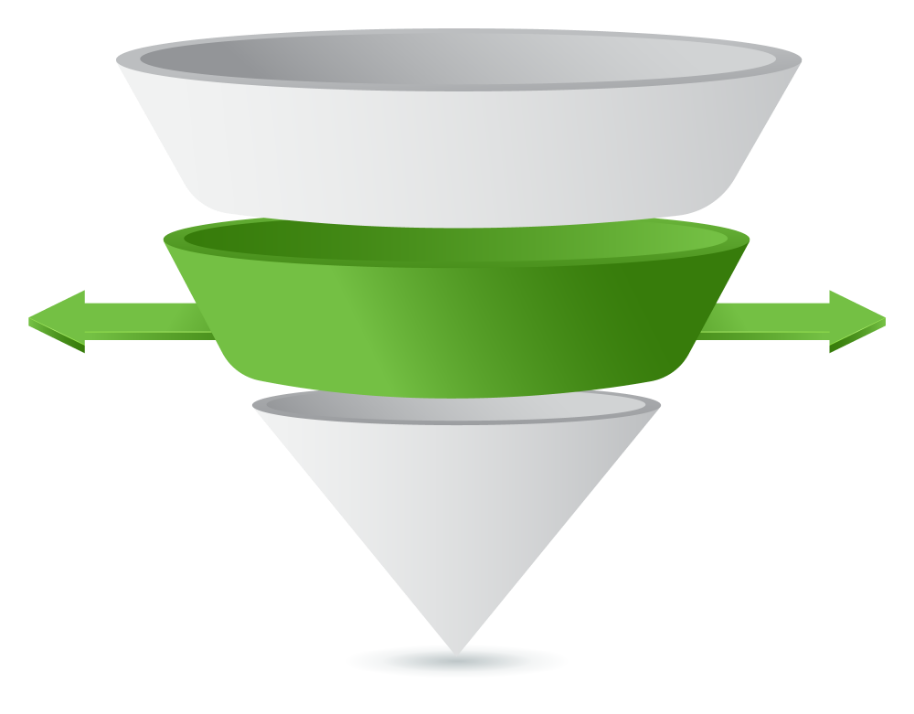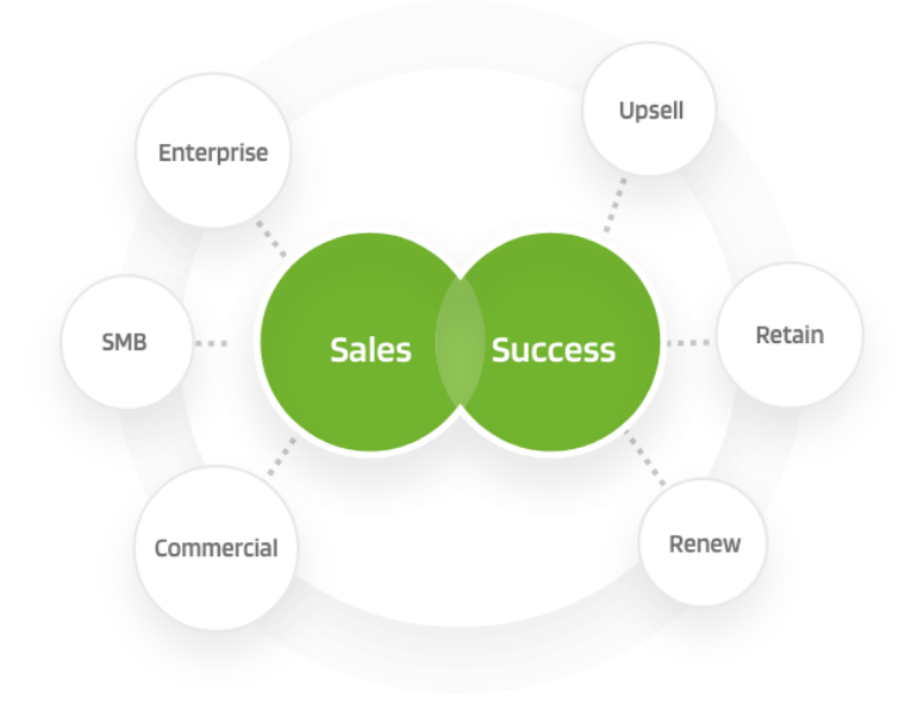
Technical Sales by Hub
The Sales Engineer Buying Guide

The six-step process for building a compelling business case with your C-suite to purchase the presales tools you need
The era of presales tools for sales engineers has arrived. And with it, there is a need to help the C-suite connect the dots on why such presales tools are valuable to both the sales engineer and go-to-market organization. The six steps include:
Step 1: Vision – The art of the possible
Changes in processes and presales tools require clearly conveying a compelling picture to your purchasing committee within your organization. Make sure you quantify a powerful return on investment and demonstrate how presales tools can help your business agility and elevate your work performance.
Step 2: People – Empathize with your C-Suite
It is important to explain how the presales tool under purchase consideration can contribute to the success of your C-Suite. When you can frame how the presales tool you seek can help, the Chief Revenue Officer (CRO), for example, drive more revenue, or the Chief Customer Officer (CCO) enhance the buyer journey, and/or the Chief Product Officer (CPO) better address product feature gaps throughout the products they manage, you stand a chance of getting more support for presales tools under purchase consideration.
Step 3: Process – Map your internal checks and balances
Be sure to enroll your executive sponsor, get input from your key influencers, get feedback from the users that will utilize the presales tool regularly, and understand the concerns of your blockers who you will have to manage to purchase presales tools for you and your team. It is important to sequence your purchasing process correctly and understand your internal team dynamics. And, be patient with your own internal purchasing process.
Step 4: ROI – Develop a clear return on investment
Quantifying the estimated economic value of purchasing a particular presales tool is something that your economic sponsor will want. But in addition to an ROI analysis that can support the logic of purchasing a presales tool, it is also important to be mindful of the emotional ROI and understand how a particular presales tool can make you feel if you and your team must use it regularly.
Step 5: Experience – Verify that the value is there from the vendor
The old proverb of “trust but verify” holds steadfast throughout the purchasing cycle of presales tools. Also, when you examine presales tools and consider how they may evolve and improve your existing processes and work, make sure there is a clear path to how that evolution can take place in a phased approach. Change can take a gradual approach of “nibble, bite and gulp” and does not have to be done in such a manner that shocks the organization. Change at your own pace.
Step 6: Checklist – Develop your Buying Plan
Even the most seasoned pilots have a flight checklist that they check every time they fly. You should really consider developing your own presales tool purchase checklist that can help you manage your time. These steps can include:
- Map your stakeholders
- Identify what matters to each stakeholder
- Build a common vision with your stakeholders
- Educate all stakeholders on why changing now is needed
- De-risk change with proof points
- Build emotional consensus
- Quantify expected return on investment
- State a timeline for a decision
The era of presales tools for the sales engineer individual contributor and manager is here. Make sure you manage your own buying process. To learn more, feel free to download this buying guide and register for this upcoming webinar titled “Change Before You Have To: Leading the Presales Transformation Inside Your Organization”

